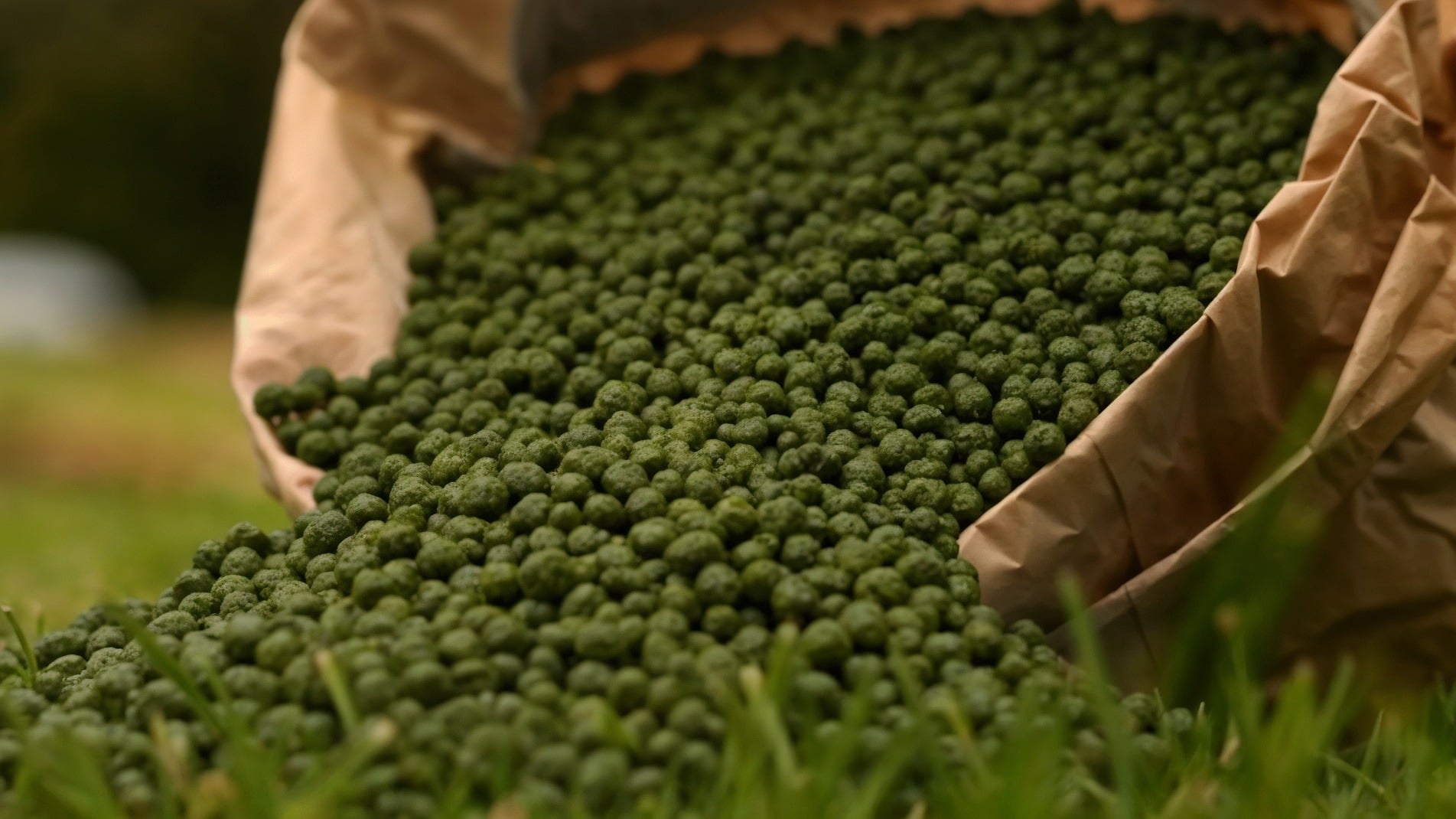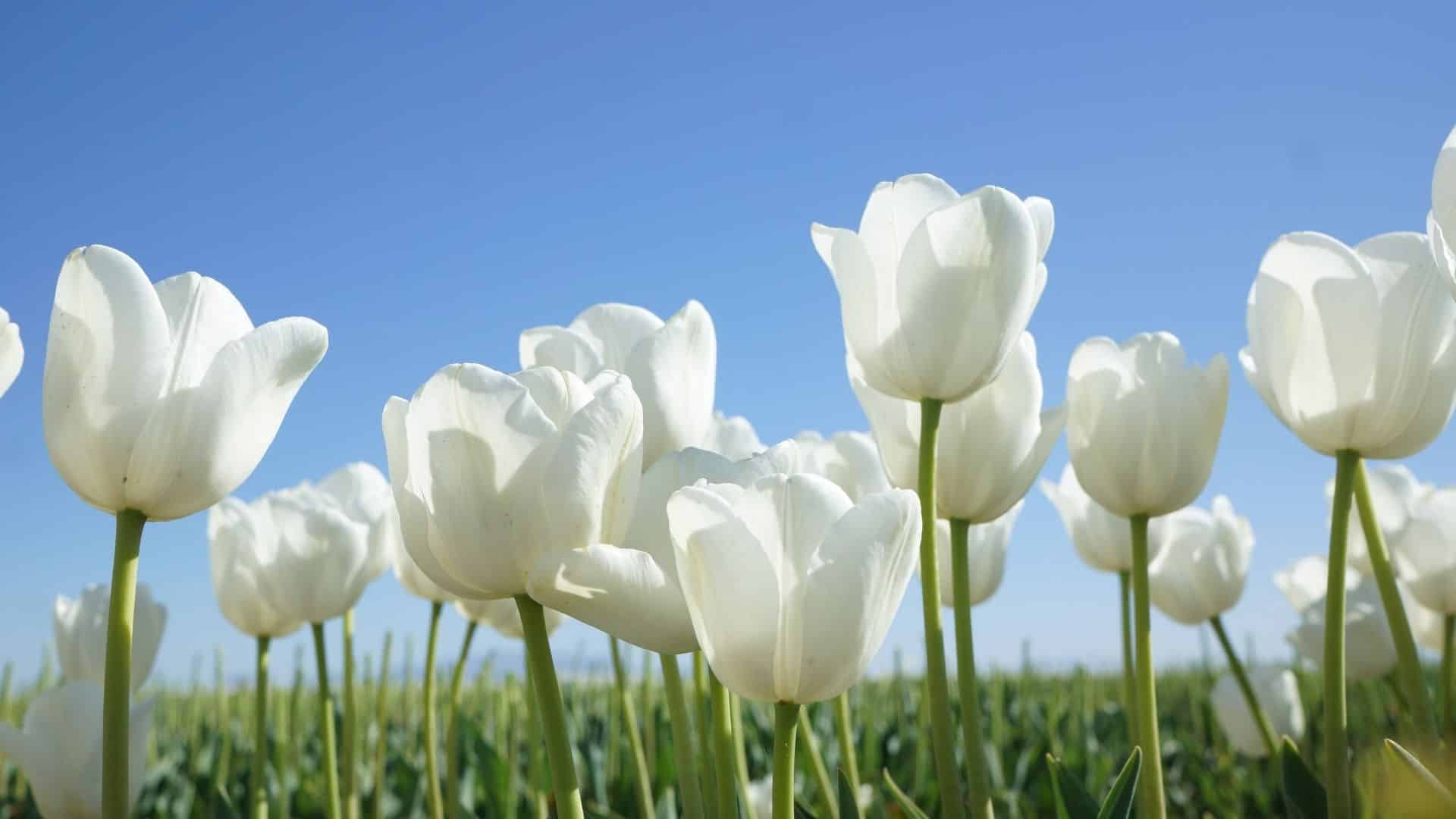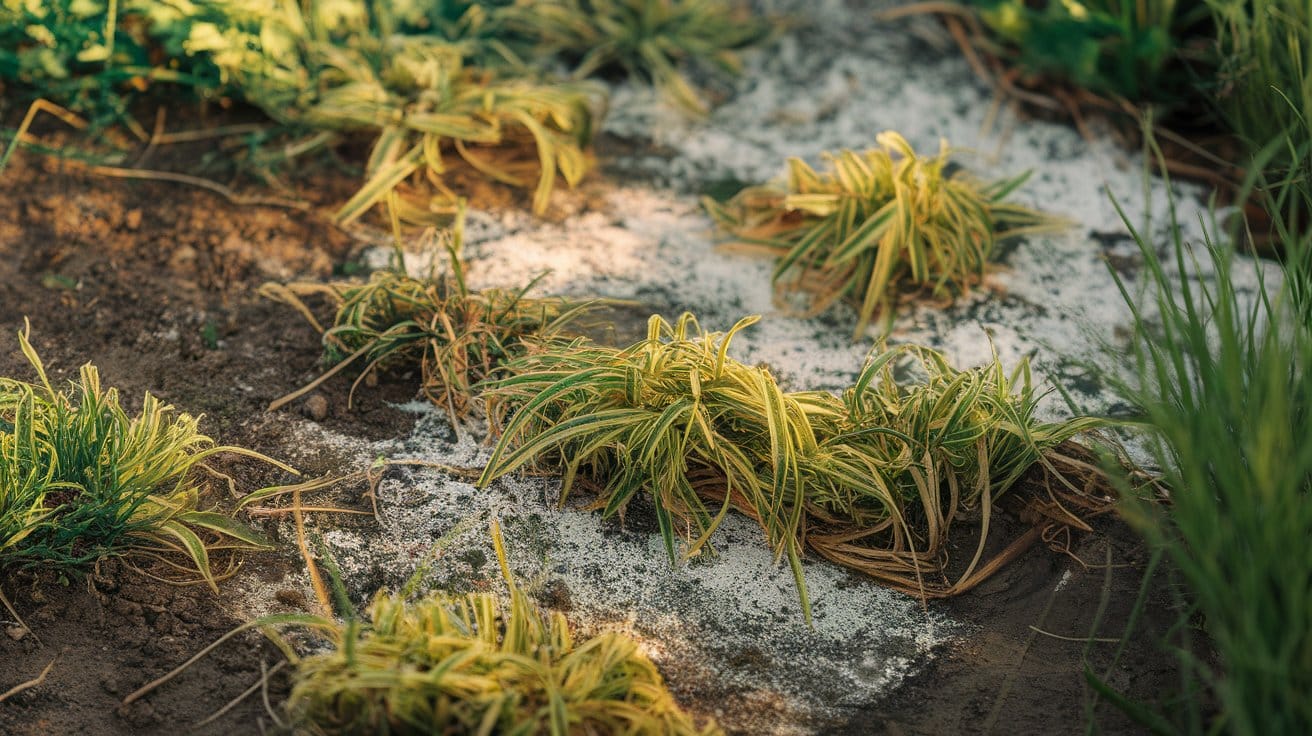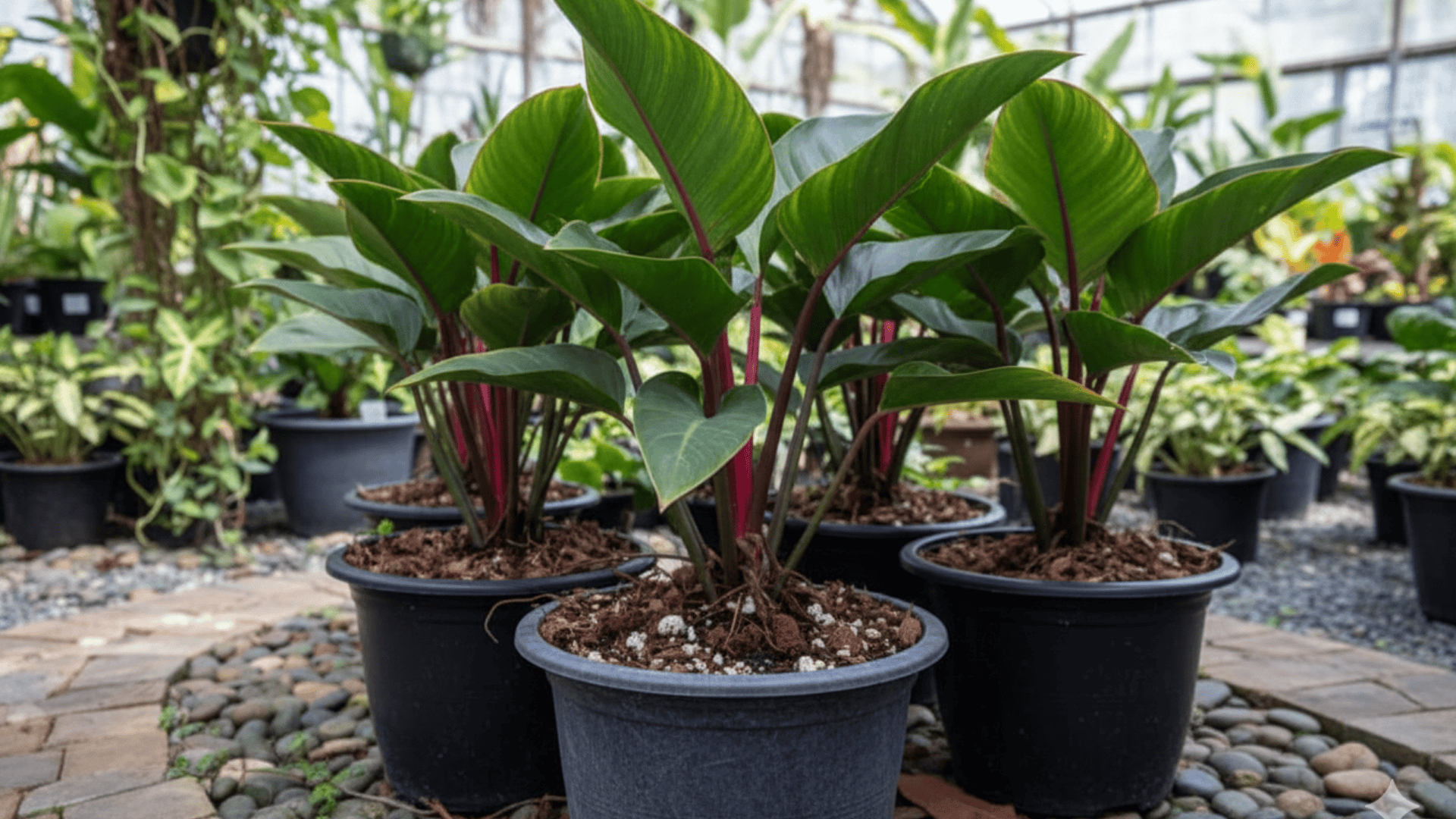You walk into your garden shed and spot that forgotten bag of fertilizer from last season.
Suddenly, the question ‘Does fertilizer go bad?’ hits you.
While it doesn’t go bad like food does, its quality can decline over time.
Most gardeners have faced this same dilemma at least once when preparing for a new growing season.
Understanding fertilizer lifespan helps you save money and avoid wasting products that are still working fine.
This post will cover everything you need to know about fertilizer shelf life.
What Fertilizers are Made Of?
Fertilizers contain three main nutrients that plants need to grow strong and healthy: nitrogen, phosphorus, and potassium.
You’ll often see these listed as N-P-K ratios on the packaging.
There are two main types: organic fertilizers made from natural materials like bone meal or compost, and synthetic fertilizers created through chemical processes.
Many products also include additives such as special coatings or organic matter that can affect how long the fertilizer stays effective.
Understanding what’s inside helps explain why different types last for different lengths of time.
Does Fertilizer Go Bad?
While it may not necessarily go bad or be considered expired, it can lose its effectiveness over time.
The nutrients are still there, but they might not work as well as they once did.
Granular fertilizers tend to last the longest, while liquid and organic types break down much sooner.
Factors Affecting Fertilizers’ Life
- Heat exposure: High temperatures break down nutrients faster and reduce effectiveness over time
- Direct sunlight: UV rays damage chemical bonds in fertilizer, weakening its strength
- Moisture contact: Water causes clumping, triggers chemical reactions, and promotes nutrient loss
- Poor container seals: Air exposure allows oxidation that degrades active ingredients gradually
- Temperature fluctuations: Repeated heating and cooling cycles accelerate the breakdown of compounds
Shelf Life of Different Fertilizer Types
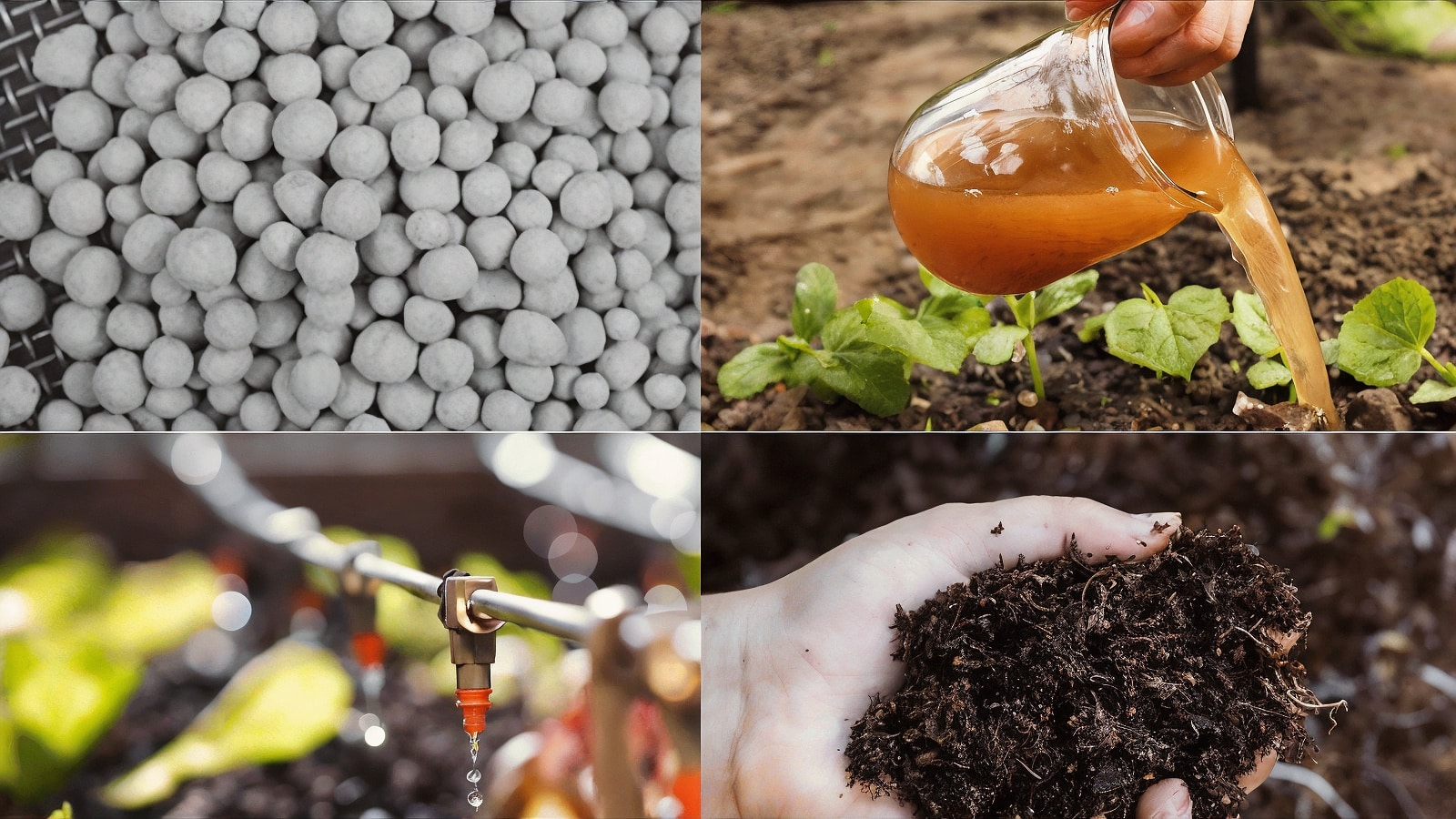
Different fertilizer types have vastly different lifespans, ranging from indefinite to just afew years.
| Fertilizer Type | Shelf Life | Storage Notes |
|---|---|---|
| Granular/Synthetic | Indefinite | Lasts forever if sealed and kept dry |
| Liquid | 8-10 years (unopened) | Degrades faster after opening |
| Water-Soluble | Several years | Must stay completely dry; clumping reduces usability |
| Organic | 1-5 years | Varies by material (compost, fish emulsion, bone meal) |
How to Tell If Fertilizer Has Gone Bad?
Watch for physical changes and plant performance issues to determine if your fertilizer has lost its effectiveness.
If you apply fertilizer regularly but see weak growth, yellowing leaves, or no improvement, the fertilizer may have lost its strength.
Granular Fertilizers

Look for clumping, caking, or hard chunks that won’t break apart easily.
Mild clumping can usually be broken up and used without problems, but severe hardening means the product has absorbed too much moisture and may not spread evenly.
Liquid Fertilizers
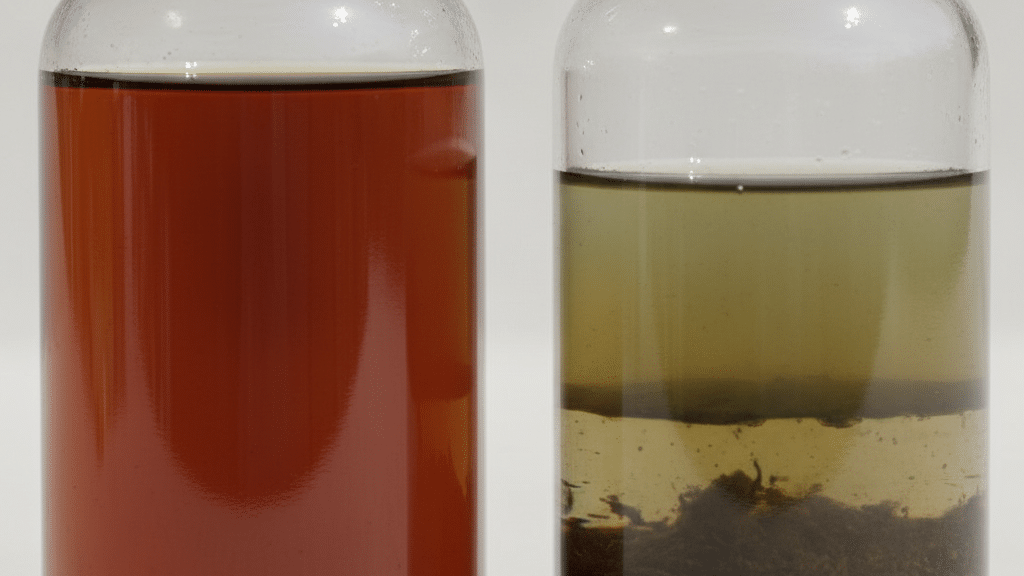
Check for separation of ingredients, foul smells, or noticeable color changes.
If the liquid looks different from when you first opened it or gives off a rancid odor, it’s probably past its prime and won’t feed your plants effectively.
Organic Types
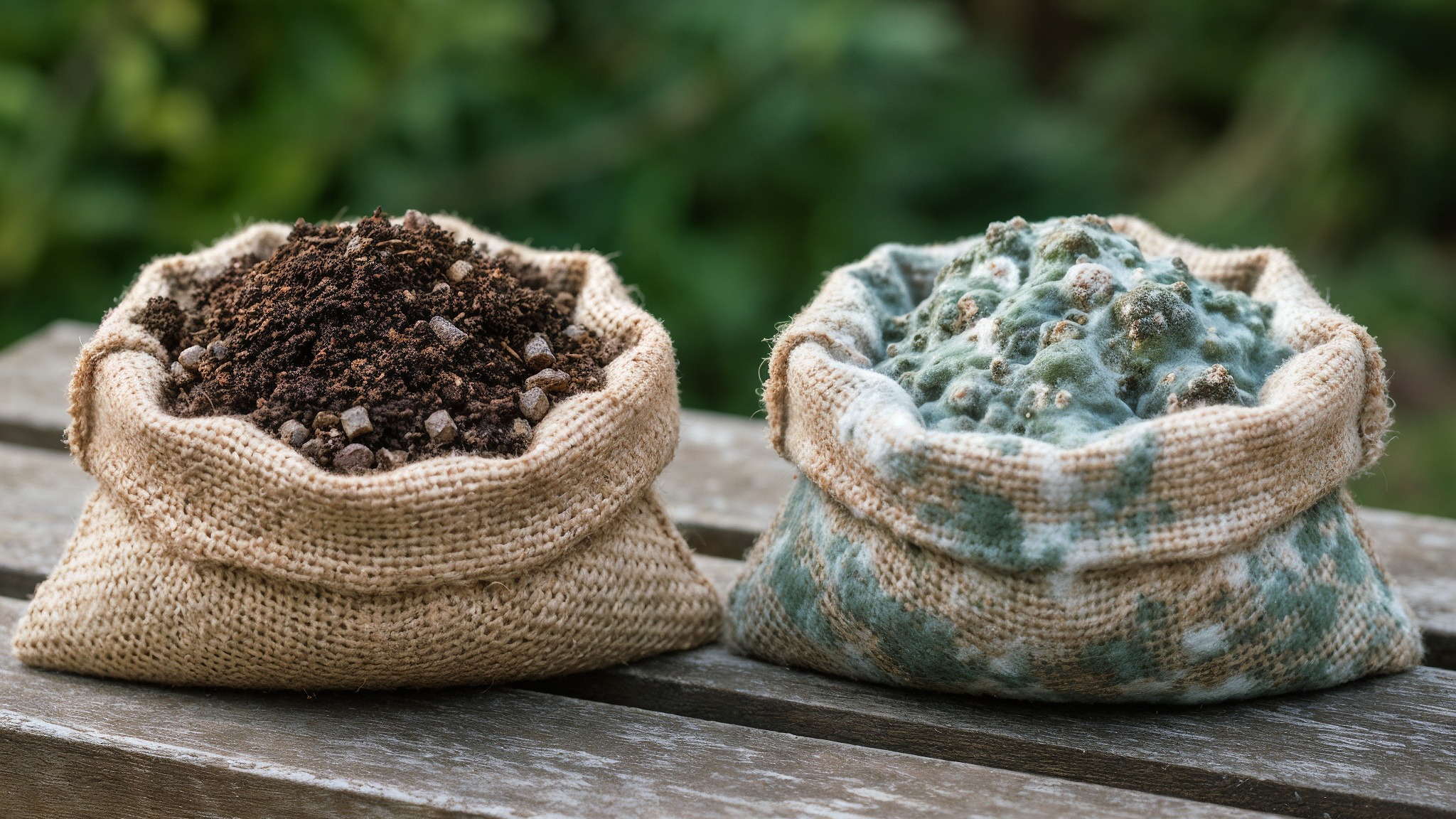
Watch for visible mold growth or strong, unpleasant odors that weren’t there originally.
Organic fertilizers break down faster than synthetic ones, so these warning signs appear sooner and signal that the product should be replaced.
Storage Tips to Maximize Fertilizer Life
Proper storage makes all the difference in how long your fertilizer stays effective.
-
Keep in airtight containers: Always seal fertilizer tightly to block out moisture and prevent clumping or chemical breakdown.
-
Store in cool, dry areas away from sunlight: Avoid damp basements and hot garages; choose climate-controlled spaces instead.
-
Label with purchase date: Mark each container so you know exactly how old it is and can rotate stock properly.
-
Keep out of reach of children and pets: Store fertilizer on high shelves or locked cabinets to prevent accidental exposure or poisoning.
-
Add moisture absorbers: Place silica gel packs inside containers or reseal the original packaging tightly after each use to maintain dryness.
What to Do With Old Fertilizer?
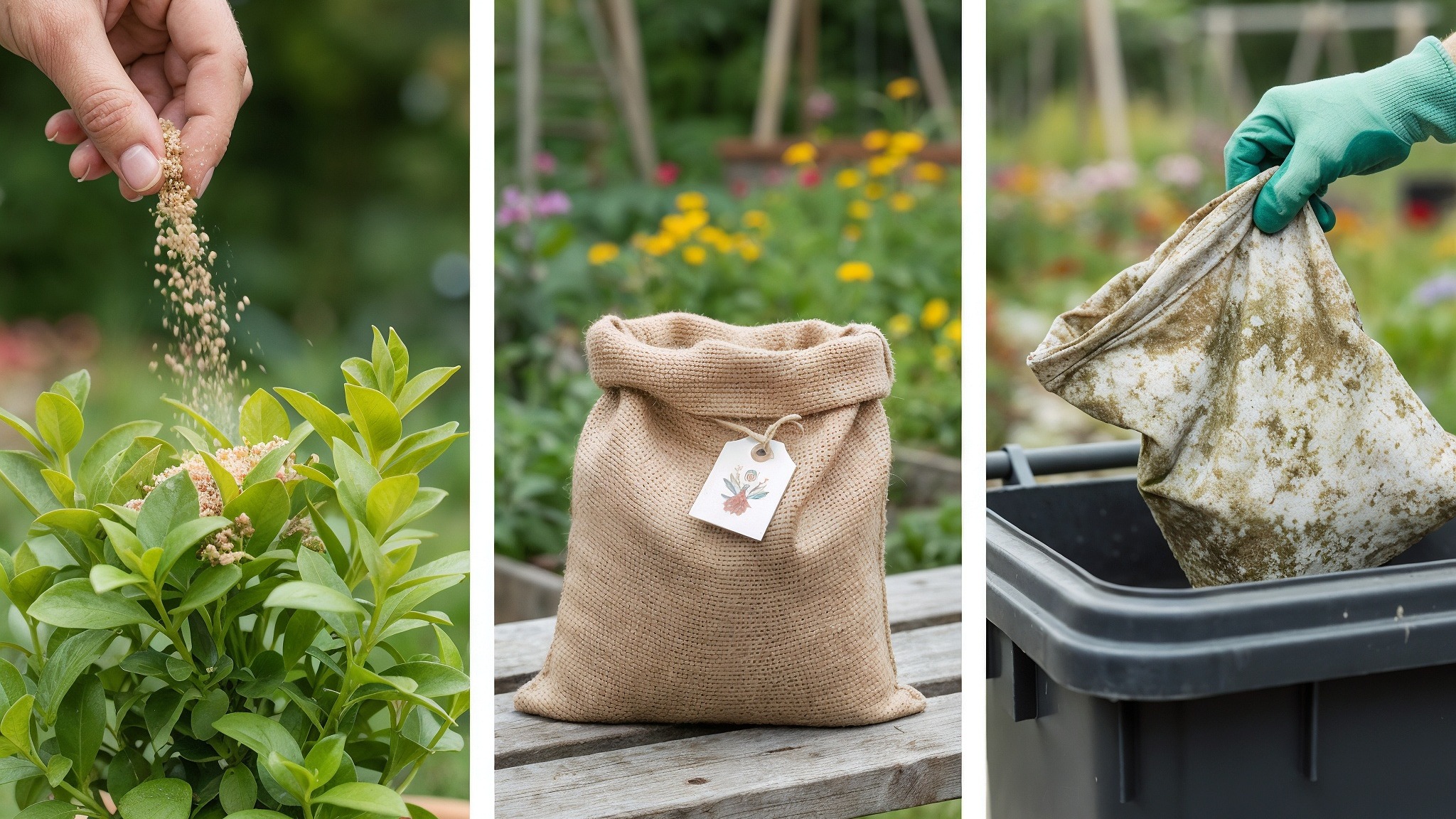
Old fertilizer doesn’t belong in the trash, and you have several responsible options for handling it.
Use It Safely
Test a small amount on a few plants first to see if it still works effectively.
If the fertilizer shows no major signs of damage, apply it to ornamental plants like flowers, shrubs, and lawns where the stakes are lower.
Break up any light clumping in granular products and use them within the same growing season.
Share With Others
Offer unopened or lightly used fertilizer to neighbors, friends, or family members who garden.
Donate excess products to community gardens, local schools with gardening programs, or nonprofit organizations.
Post free fertilizer listings on community boards or neighborhood sharing apps to find people who need it.
Dispose Properly
Take truly unusable fertilizer to household hazardous waste collection sites or special community drop-off events.
Check with your local waste management facility for specific rules about fertilizer disposal in your area.
Never pour liquid fertilizer down drains, toilets, or storm sewers, as it pollutes water systems.
Never dump old fertilizer directly onto soil or into compost bins without confirming it’s still safe and effective.
What Happens If You Use Expired Fertilizer?
Using expired or improperly stored fertilizer creates risks beyond your property.
- Soil and groundwater contamination: Leaking containers release chemicals into surrounding areas and poison underground water sources.
- Harmful algae blooms: Fertilizer runoff into waterways triggers excessive algae growth that damages ecosystems and kills fish.
- Wildlife habitat damage: Contaminated areas harm animals by poisoning their food sources and living spaces.
Conclusion
Fertilizer use and life depend on care, awareness, and responsibility.
Every bag, whether new or old, can serve its purpose when stored correctly and used at the right time.
The main takeaway is the value of mindful handling that protects soil, plants, and nearby ecosystems through simple yet consistent actions.
From recognizing changes in product condition to choosing safe disposal options, each step supports both productivity and environmental safety.
Over time, these thoughtful habits turn routine gardening into a sustainable practice.
Share your methods for keeping fertilizer effective, your experiences with reusing old supplies, or your preferred storage tips in the comments below.
Frequently Asked Questions
How Do I Know if I Overfertilized My Lawn?
Test your soil before and after application, observe plant growth and leaf color, and watch for faster development and stronger, healthier foliage overall.
Should You Mow Your Lawn Before Fertilizing?
Yes, mowing before fertilizing allows better contact between fertilizer and soil, ensures even distribution, and helps nutrients reach grass roots more effectively for optimal absorption.
Should You Fertilize Before Heavy Rain?
No, heavy rain washes fertilizer away before plants absorb nutrients, causing runoff pollution and wasting money on products that never benefit your garden.
How Do I Know if I Overfertilized My Lawn?
Look for brown or yellow grass tips, white fertilizer crust on soil, wilting despite watering, excessive leaf growth with weak roots, and scorched patches.

